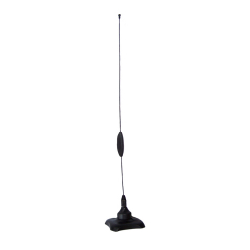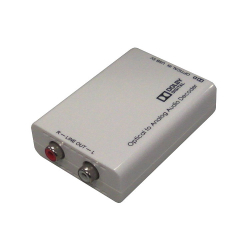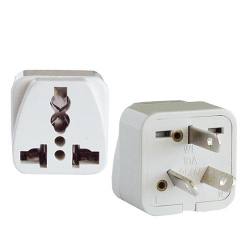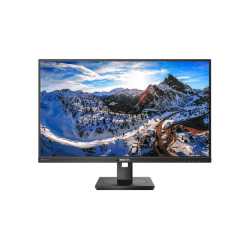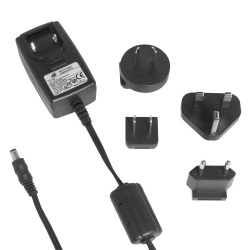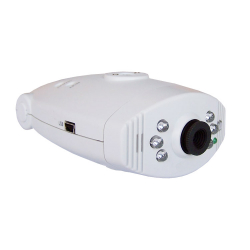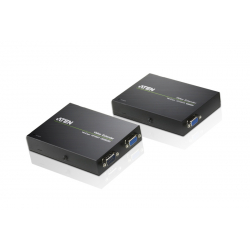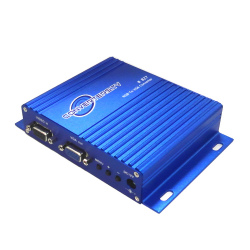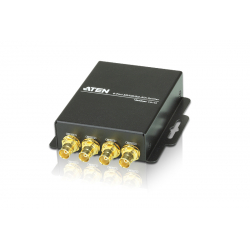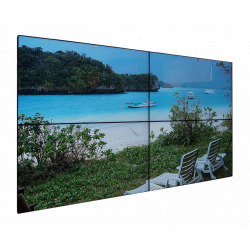A B C D E F G H I J K L M N O P Q R S T U V W X Y Z _
| NTSC | NTSC is the analog television system used in most of North America, South America, Japan, South Korea, Taiwan, Burma, and some Pacific island nations and territories. The NTSC standard has the advantage of simplicity but there are several major drawbacks to its use such as limited video bandwidth which affects picture sharpness and faithfulness of colours. NTSC takes its name from the American committee which formulated it, the National Television Systems Committee. |
| NTSC-M | Unlike PAL, with its many varied underlying broadcast television systems in use throughout the world, NTSC colour encoding is invariably used with broadcast system M, giving NTSC-M. |
| NTSC-J | A variation of the NTSC system used throughout Japan. With NTSC-J, black level and blanking level of the signal are identical (at 0 IRE), as they are in PAL, while in American NTSC, black level is slightly higher (7.5 IRE) than blanking level. Since the difference is quite small, a slight turn of the brightness knob is all that is required to correctly show the "other" variant of NTSC on any set as it is supposed to be; most watchers might not even notice the difference in the first place. |
| PAL | PAL (Phase Alternation Line) is the analog television display standard that is used in Europe and certain other parts of the world. The term PAL is often used informally to refer to a 625-line/50 Hz (576i), television system, and to differentiate from a 525-line/60 Hz (480i) NTSC system |
| PAL B/G/D/K/I | The majority of countries using PAL have television standards with 625 lines and 25 frames per second, differences concern the audio carrier frequency and channel bandwidths. Standards B/G are used in most of Western Europe, standard I in the UK, Ireland, Hong Kong and Macau, standards D/K in most of Central and Eastern Europe and Standard D in mainland China. Most analogue CCTV cameras are Standard D. |
| PAL-M | In Brazil, PAL is used in conjunction with the 525 line, 29.97 frame/s system M, using (very nearly) the NTSC colour subcarrier frequency. Exact colour subcarrier frequency of PAL-M is 3.575611 MHz. |
| PAL-N | In Paraguay and Uruguay, PAL is used with the standard 625 line/50 fields per second system, but again with (very nearly) the NTSC subcarrier frequency. People in Uruguay, Argentina and Paraguay usually own TV sets that also display NTSC-M, in addition to PAL-N. |
| PAL-Nc | In Argentina, the PAL-Nc (combination N) variant is used. It employs the 625 line/50 field per second waveform of PAL-B/G, D/K, H, I, but with a chrominance subcarrier frequency of 3.582 MHz. |
| PALplus | An extension of the PAL analogue broadcasting system for transmitting 16:9 programs without sacrificing vertical resolution. A standard PAL receiver will display the image in letterbox format with 432 active lines, while a PALplus receiver can use extra information hidden in the black bars above and below the image to recreate 576 lines of vertical resolution. A separate feature related to PALplus is ColourPlus, which improves colour decoding performance. |
